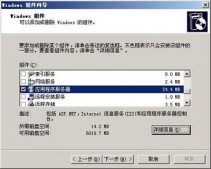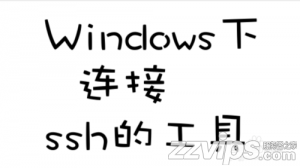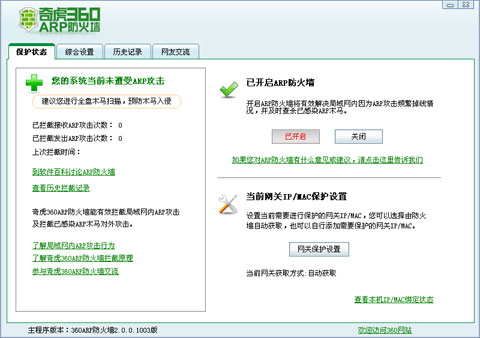1、fragment的静态使用
fragment是作为activity的ui的一部分,它内嵌在activity中,多个fragment可以把一个activity分成多个部分,这在大屏幕手机或者平板电脑中会比较多的用到,这样就不用使用多个activity来切换这么麻烦了。当然fragment也可以不显示,只在后台处理一些数据,这篇文章中就暂时不谈到这个。以下来看怎么静态地在activity的布局文件中添加fragment.
自定义的fragment通常要继承fragment这个类,也有一些特殊的是继承listfragment,dialogfragment等。继承fragment类通常要实现三个方法:oncreate(), oncreateview(), onpause();
我在activity中定义了两个fragment,一个是放在左边的leftfragment,一个是放在右边的rightfragment.以下是代码:首先我们要实现自己的fragment类
leftfragment类:
|
1
2
3
4
5
6
7
8
9
10
11
12
13
14
15
16
17
18
19
20
21
22
23
24
25
26
27
28
29
30
31
32
33
34
35
36
37
38
39
|
public class leftfragment extends fragment{ @override public void oncreate(bundle savedinstancestate) { super.oncreate(savedinstancestate); system.out.println("leftfragment oncreate"); } @override public view oncreateview(layoutinflater inflater, viewgroup container, bundle savedinstancestate) { system.out.println("leftfragment oncreateview"); // 第一个参数是这个fragment将要显示的界面布局,第二个参数是这个fragment所属的activity,第三个参数是决定此fragment是否附属于activity return inflater.inflate(r.layout.leftfragment, container, true); } @override public void onresume() { super.onresume(); system.out.println("leftfragment onresume"); } @override public void onpause() { super.onpause(); system.out.println("leftfragment onpause"); } @override public void onstop() { super.onstop(); system.out.println("leftfragment onstop"); }} |
这里实现了几种回调函数,主要是为了看清activity和fragment生命周期之间的关系.其中oncreateview()方法是将本fragment对应的布局返回给activity的布局,让activity进行加载. inflater.inflate(r.layout.leftfragment, container, true)方法中的第一个参数r.layout.leftfragment是这个fragment对应的布局文件id, 第二个参数container是要插入的目标activity, 第三个参数是决定这个fragment是否依附于这个container.
leftfragment对应的布局文件:
|
1
2
3
4
5
6
7
8
9
10
11
12
13
14
15
16
17
18
19
20
21
22
23
24
25
26
|
<?xml version="1.0" encoding="utf-8"?><linearlayout xmlns:android="http://schemas.android.com/apk/res/android" android:layout_width="match_parent" android:layout_height="match_parent" android:background="@android:color/holo_orange_dark" android:orientation="vertical" > <buttonandroid:id="@+id/previous_button" android:layout_width="fill_parent" android:layout_height="wrap_content" android:text="@string/previous_button" /> <buttonandroid:id="@+id/next_button" android:layout_width="fill_parent" android:layout_height="wrap_content" android:text="@string/next_button" /> <buttonandroid:id="@+id/exit_button" android:layout_width="fill_parent" android:layout_height="wrap_content" android:text="@string/exit_button" /></linearlayout> |
rightfragment类:和leftfragment类似
|
1
2
3
4
5
6
7
8
9
10
11
12
13
14
15
16
17
18
19
20
21
22
23
24
25
26
27
28
29
30
31
32
33
34
35
36
37
|
public class rightfragment extends fragment { @override public void oncreate(bundle savedinstancestate) { super.oncreate(savedinstancestate); system.out.println("rightfragment oncreate"); } @override public view oncreateview(layoutinflater inflater, viewgroup container, bundle savedinstancestate) { system.out.println("rightfragment oncreateview"); return inflater.inflate(r.layout.rightfragment, container, true); } @override public void onresume() { super.onresume(); system.out.println("rightfragment onresume"); } @override public void onpause() { super.onpause(); system.out.println("rightfragment onpause"); } @override public void onstop() { super.onstop(); system.out.println("rightfragment onstop"); } } |
rightfragment对应的布局文件:
|
1
2
3
4
5
6
7
8
9
10
11
12
13
14
|
<?xml version="1.0" encoding="utf-8"?> <linearlayout xmlns:android="http://schemas.android.com/apk/res/android" android:layout_width="match_parent" android:layout_height="match_parent" android:orientation="vertical" > <textview android:id="@+id/show_message" android:layout_width="fill_parent" android:layout_height="fill_parent" android:background="@android:color/holo_blue_dark" android:text="@string/show_message" /> </linearlayout> |
最后是activity的布局文件:
|
1
2
3
4
5
6
7
8
9
10
11
12
13
14
15
16
17
18
19
20
21
|
<?xml version="1.0" encoding="utf-8"?> <linearlayout xmlns:android="http://schemas.android.com/apk/res/android" android:layout_width="fill_parent" android:layout_height="fill_parent" android:orientation="horizontal" > <fragment android:id="@+id/left_fragment" android:name="com.sunflower.leftfragment" android:layout_width="match_parent" android:layout_height="fill_parent" android:layout_weight="3" /> <fragment android:id="@+id/right_fragment" android:name="com.sunflower.rightfragment" android:layout_width="match_parent" android:layout_height="fill_parent" android:layout_weight="1" /> </linearlayout> |
在activity中的布局文件中加入fragment标签,其中android:name属性对应的就是自定义fragment类的全名,系统会根据这个调用指定的fragment的oncreateview()方法来得到这个fragment的布局,然后加入activity中. oncreateview()方法中的container参数就是这时候传递过去的。
看看显示结果:
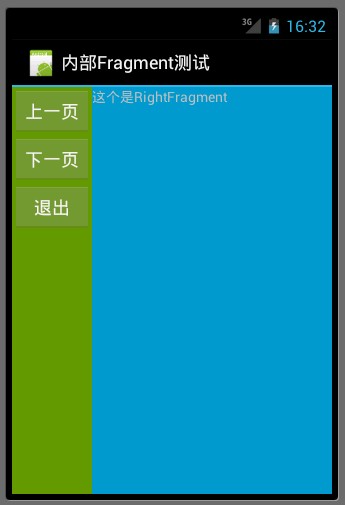
打开程序时生命周期显示:

按返回键时生命周期显示:

2、动态地使用fragment
上面已经演示了最简单的使用fragment的方式,下面分享一下如何动态的添加、更新、以及删除fragment。
首先是,mainactivity的布局文件activity_main.xml,该文件布局文件上面的顶部是一个titlefragment,是一个静态声明的fragment。
中间也是一个fragment,但是这个fragment是动态使用的。
最下面是四个按钮。用include标签包含外部的布局文件进来的。
|
1
2
3
4
5
6
7
8
9
10
11
12
13
14
15
16
17
18
19
20
21
22
23
24
25
26
|
<relativelayout xmlns:android="http://schemas.android.com/apk/res/android" xmlns:tools="http://schemas.android.com/tools" android:layout_width="match_parent" android:layout_height="match_parent" > <fragment android:id="@+id/id_fragment_title" android:name="com.example.dynamicfragment.titlefragment" android:layout_width="fill_parent" android:layout_height="45dp" /> <include android:id="@+id/id_ly_bottombar" android:layout_width="fill_parent" android:layout_height="55dp" android:layout_alignparentbottom="true" layout="@layout/bottombar" /> <framelayout android:id="@+id/id_content" android:layout_width="fill_parent" android:layout_height="fill_parent" android:layout_above="@id/id_ly_bottombar" android:layout_below="@id/id_fragment_title" /></relativelayout> |
然后是,mainactivity.java文件。也是我们这个demo当中最重要的代码文件,首先是将上面的布局文件通过setcontentview()加载进来.然后是通过setdefaultfragment();将默认的contentfragment动态的加载进来。接下来就是通过我们在最下面防止的四个按钮可以随意的动态切换fragment。这也是为什么fragment会有如此火的原因吧~~~^^
|
1
2
3
4
5
6
7
8
9
10
11
12
13
14
15
16
17
18
19
20
21
22
23
24
25
26
27
28
29
30
31
32
33
34
35
36
37
38
39
40
41
42
43
44
45
46
47
48
49
50
51
52
53
54
55
56
57
58
59
60
61
62
63
64
65
|
public class mainactivity extends actionbaractivity implements onclicklistener { private imagebutton mtabweixin; private imagebutton mtabfriend; private imagebutton mtabdiscover; private imagebutton mtabme; private contentfragment mweixinfragment; private friendfragment mfriendfragment; @override protected void oncreate(bundle savedinstancestate) { super.oncreate(savedinstancestate); requestwindowfeature(window.feature_no_title); setcontentview(r.layout.activity_main); initview(); } public void initview() { // 初始化控件和声明事件 mtabweixin = (imagebutton) findviewbyid(r.id.weixin); mtabfriend = (imagebutton) findviewbyid(r.id.friend); mtabweixin.setonclicklistener(this); mtabfriend.setonclicklistener(this); // 设置默认的fragment setdefaultfragment(); } @suppresslint("newapi") private void setdefaultfragment() { fragmentmanager manager = getfragmentmanager(); fragmenttransaction transaction = manager.begintransaction(); mweixinfragment = new contentfragment(); transaction.replace(r.id.id_content, mweixinfragment); transaction.commit(); } @suppresslint("newapi") @override public void onclick(view v) { fragmentmanager fm = getfragmentmanager(); // 开启fragment事务 fragmenttransaction transaction = fm.begintransaction(); switch (v.getid()) { case r.id.weixin: if (mweixinfragment == null) { mweixinfragment = new contentfragment(); } // 使用当前fragment的布局替代id_content的控件 transaction.replace(r.id.id_content, mweixinfragment); break; case r.id.friend: if (mfriendfragment == null) { mfriendfragment = new friendfragment(); } transaction.replace(r.id.id_content, mfriendfragment); break; } // transaction.addtobackstack(); // 事务提交 transaction.commit(); }} |
从上面的代码,我们可以看出,我们可以使用fragmentmanager对fragment进行动态的加载,这里使用的replace方法~~~下一节我们会详细的介绍fragmentmanager的常用api。。。。^^
注:如果使用android3.0一下的版本,需要引入v4的包,然后activity继承fragmentactivity,然后通过getsupportfragmentmanager()获得fragmentmanager对象,不过还是建议把menifest文件的uses-sdk的minsdkversion和targetsdkversion都改为11以上,这样就不必引入v4的包了。
代码的中间有俩个动态加载进来的fragment,这个和静态使用fragment的声明方式是一样的,写一个继承fragment的类,然后设置相应的布局,由于时间的关系,我这里只写了俩个fragment,现在把这俩个的代码页贴出来:
第一个fragment和他相应的布局文件:
|
1
2
3
4
5
6
7
8
|
public class contentfragment extends fragment { @override public view oncreateview(layoutinflater inflater, viewgroup container, bundle savedinstancestate) { return inflater.inflate(r.layout.fragment_content, container, false); } } |
|
1
2
3
4
5
6
7
8
9
10
11
12
13
14
15
|
<?xml version="1.0" encoding="utf-8"?> <linearlayout xmlns:android="http://schemas.android.com/apk/res/android" android:layout_width="match_parent" android:layout_height="match_parent" android:orientation="vertical" > <textview android:layout_width="fill_parent" android:layout_height="fill_parent" android:gravity="center" android:text="weixin" android:textsize="20sp" android:textstyle="bold" /> </linearlayout> |
第二个fragment和他相应的布局文件:
|
1
2
3
4
5
6
7
8
|
public class friendfragment extends fragment { @override public view oncreateview(layoutinflater inflater, viewgroup container, bundle savedinstancestate) { return inflater.inflate(r.layout.fragment_friend, container, false); } } |
|
1
2
3
4
5
6
7
8
9
10
11
12
13
14
15
|
<?xml version="1.0" encoding="utf-8"?> <linearlayout xmlns:android="http://schemas.android.com/apk/res/android" android:layout_width="match_parent" android:layout_height="match_parent" android:orientation="vertical" > <textview android:layout_width="fill_parent" android:layout_height="fill_parent" android:gravity="center" android:text="friend" android:textsize="20sp" android:textstyle="bold" /> </linearlayout> |
好了,现在基本的代码都有了,我们把demo的运行图贴出来给大家分享一下(注:时间原因,没注意布局以及图片的美化,只是功能的实现),这是分别点击下面第一个和第二个按钮的效果图,从而实现了中间用一个fragment动态的加载这俩个fragment的显示。
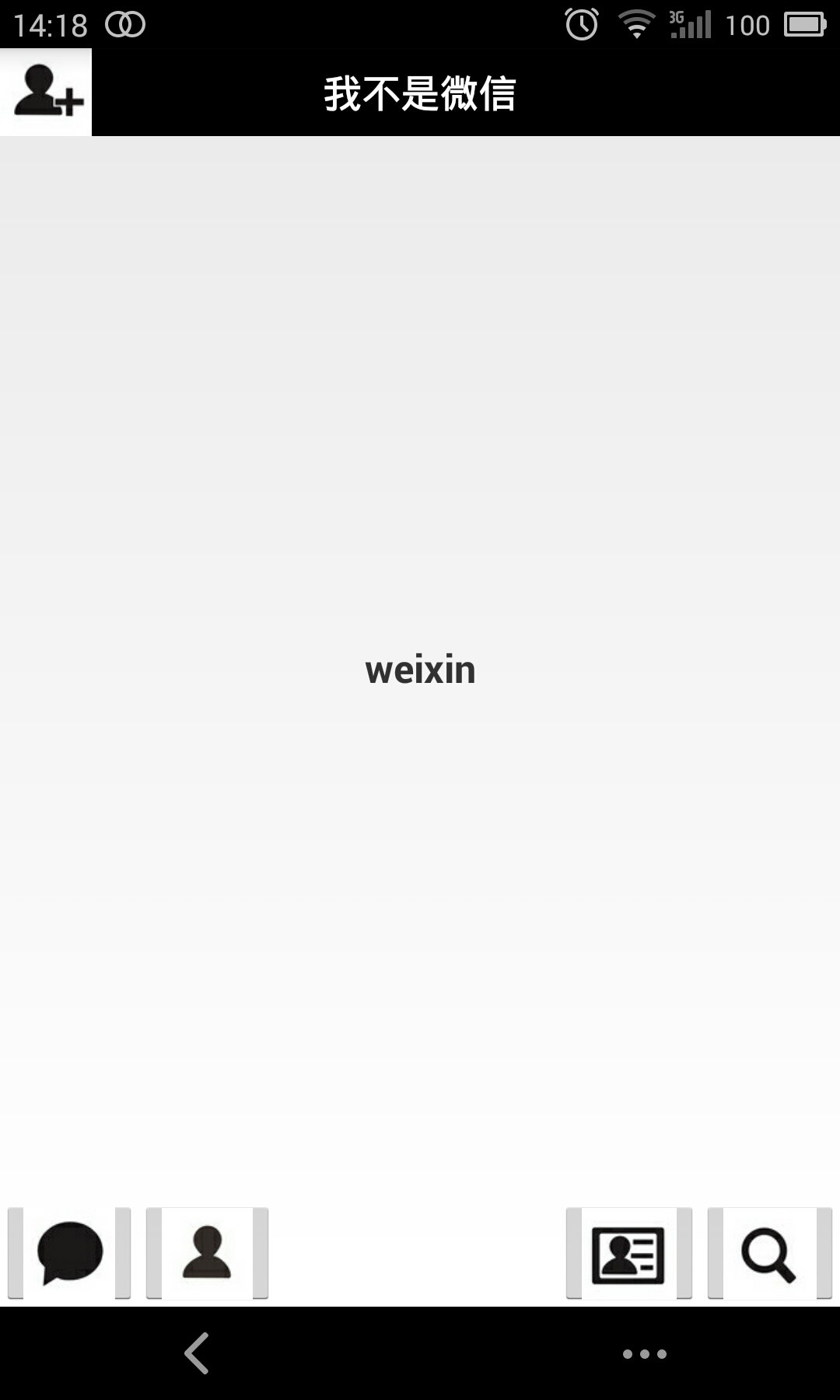
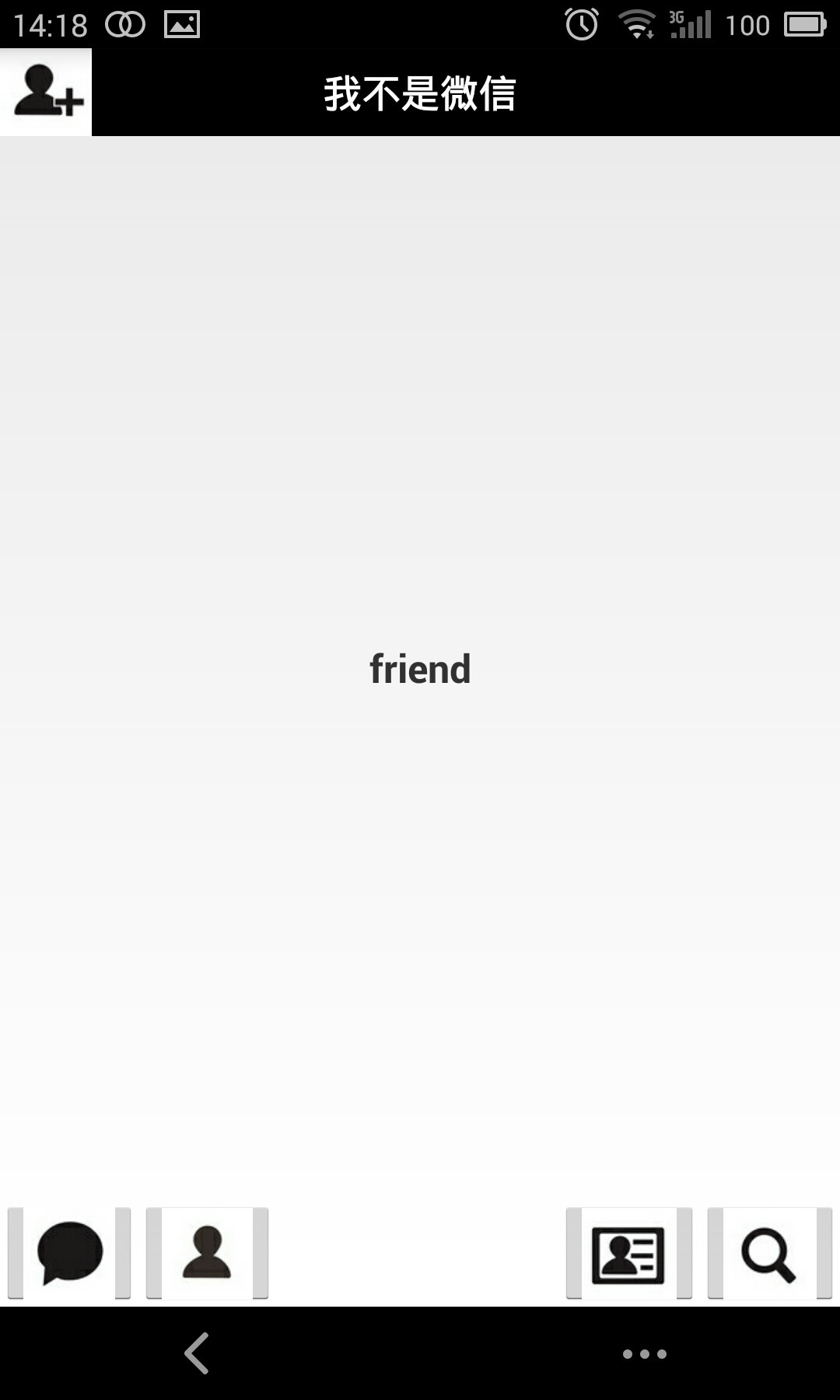
ps:为了代码的简洁,就不添加按钮的点击变化什么的了,主要讲解功能了~~~










